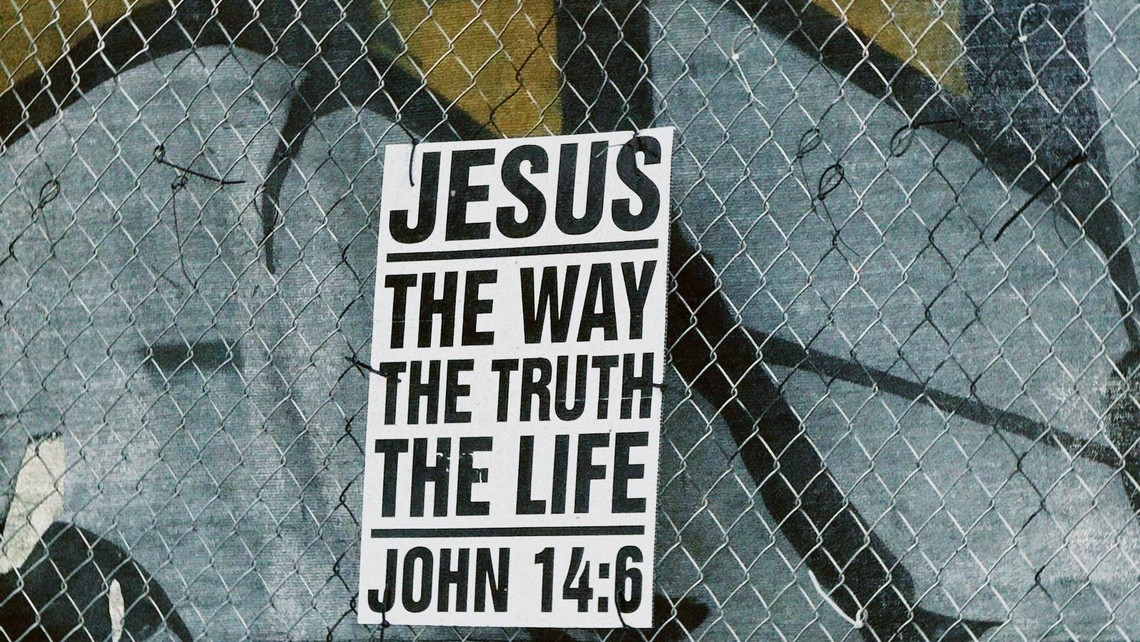
In the encounter between Simeon and the child Jesus in chapter two of St. Luke’s Gospel, we witness a very specific act of faith from Simeon, who is described as righteous and devout, and sought the consolation or comfort of Israel. The chapter also describes that the Holy Spirit was upon him, indicating that he was actively engaged in a relationship with our Lord. The Holy Spirit had revealed to Simeon that he would not see death until he saw the Lord. The counsel Simeon received from the Holy Spirit compelled him to exercise his faith and exhibit hope in meeting the Christ child. As Simeon encounters Jesus in the temple with his parents, he makes the following statement that exhibits a holy act of faith, hope, and charity directed toward Christ.
Lord, now let your servant depart in peace, according to your word; for my eyes have seen your salvation which you have prepared in the presence of all peoples, a light for revelation to the Gentiles, and for glory to your people Israel.” And his father and his mother marveled at what was said about him; and Simeon blessed them and said to Mary his mother, “Behold, this child is set for the fall and rising of many in Israel, and for a sign that is spoken against (and a sword will pierce through your own soul also), that thoughts out of many hearts may be revealed.[1]
The significance of Simeon’s proclamation of what will transpire in the life of Jesus reveals an affirmation and confirmation of what the Son of God will do for humanity. Simeon’s word reveals that the world will no longer be in bondage to sin. For Simeon, he sees salvation in Jesus because Jesus is the Son of God who came to take away the sins of the world. The physical embrace of Jesus by Simeon is very significant for us disciples of Jesus Christ because Simeon sees who Jesus really is. His testimony reveals to us that there is nothing else more fulfilling in this world than to have an opportunity to be in a loving relationship with Jesus Christ.
How does Simeon’s act of faith toward the infant Jesus correlate with anything related to the identity, method, and process of Catholic education? Well, one of the essential elements of Catholic education is to lead out, or more specifically, to lead the student out of his own misery and behavior that impedes his ability to know, understand, and assent in faith to Jesus Christ. The fact that the interaction between Simeon and the Child Jesus occurs in the temple should not surprise any Catholic educator because this interaction is one, we should aspire to offer to students every time they enter the classroom.
The aim of any form of religious instruction should help the student aspire to recognize Jesus Christ in his heart. The moment the student encounters Jesus, whether through the faith of the educator, students, or the opportunity to receive the sacraments, there should be an immediate sense of peace that falls upon the student. Now he knows he is not alone, that the misery of the day can be handled with Christ by his side, carrying his cross is no longer seen as a human burden but a divine opportunity to know Jesus more intimately.
When Simeon remarks that “my eyes have seen your salvation which you have prepared in the presence of all peoples”;[2] this statement should strike a chord with any Catholic educator as a reminder that our prerogative, regardless of the subject we teach in a Catholic school, should express the salvation of mankind through the death and resurrection of Jesus Christ. It is important to understand that our instruction should be Christologically salvific in tone, method, and content; it behooves anyone involved in the sacred order of teaching the Catholic faith that the first instance of our catechetical instruction requires us to unveil the salvific message of the Gospel and demonstrate how to live this salvific message through the creed of our faith.
The centrality of Simeon’s affirmation of Christ as the Savior of the world offers no diaspora or alternative that would compel someone to disregard the salvific reality of why the Word of God took on a human form. The reality of the Incarnation demonstrates a confirmation of the love of God for His children as revealed through the death and resurrection of his son, Jesus Christ. The Catechism reminds us that Christ’s life is an offering,
The Son of God, who came down "from heaven, not to do [his] own will, but the will of him who sent [him]", said on coming into the world, "Lo, I have come to do your will, O God." "And by that will we have been sanctified through the offering of the body of Jesus Christ once for all." From the first moment of his Incarnation, the Son embraces the Father's plan of divine salvation in his redemptive mission: "My food is to do the will of him who sent me, and to accomplish his work." The sacrifice of Jesus "for the sins of the whole world" expresses his loving communion with the Father. "The Father loves me, because I lay down my life", said the Lord, "[for] I do as the Father has commanded me, so that the world may know that I love the Father."[3]
A proper diaspora of faith always begins with the proclamation of the Good News of Jesus Christ and the gifts of the Good News revealed in the creed. The diaspora of Catholic education requires us to actively engage and promote Jesus Christ crucified and not impede or disregard the salvific message of Christ. If Christ came to destroy the works of the devil, it is important that in our sacred ministry as Catholic educators, we do not engage in works, actions, or messages that actually affirm the works of the devil. Our baptismal identity compels us to engage and convey the message of Christ and not disregard it. In the end, the diaspora of Catholic education requires us to affirm man’s vital relationship with Jesus Christ; it is in His person that the fullness of the truth concerning man is to be found.[4] In the end, the diaspora of Catholic education requires us to run to the Father and not away from Him.
When I see the devil has stopped ensnaring souls, I too will cease looking for new ways to save them from his wily deceits.
St. John Bosco
[1] Lk 2:25-35
[2] Lk 2:29
[3] CCC 606
[4] The Catholic School on the Threshold of the Third Millennium, 9






